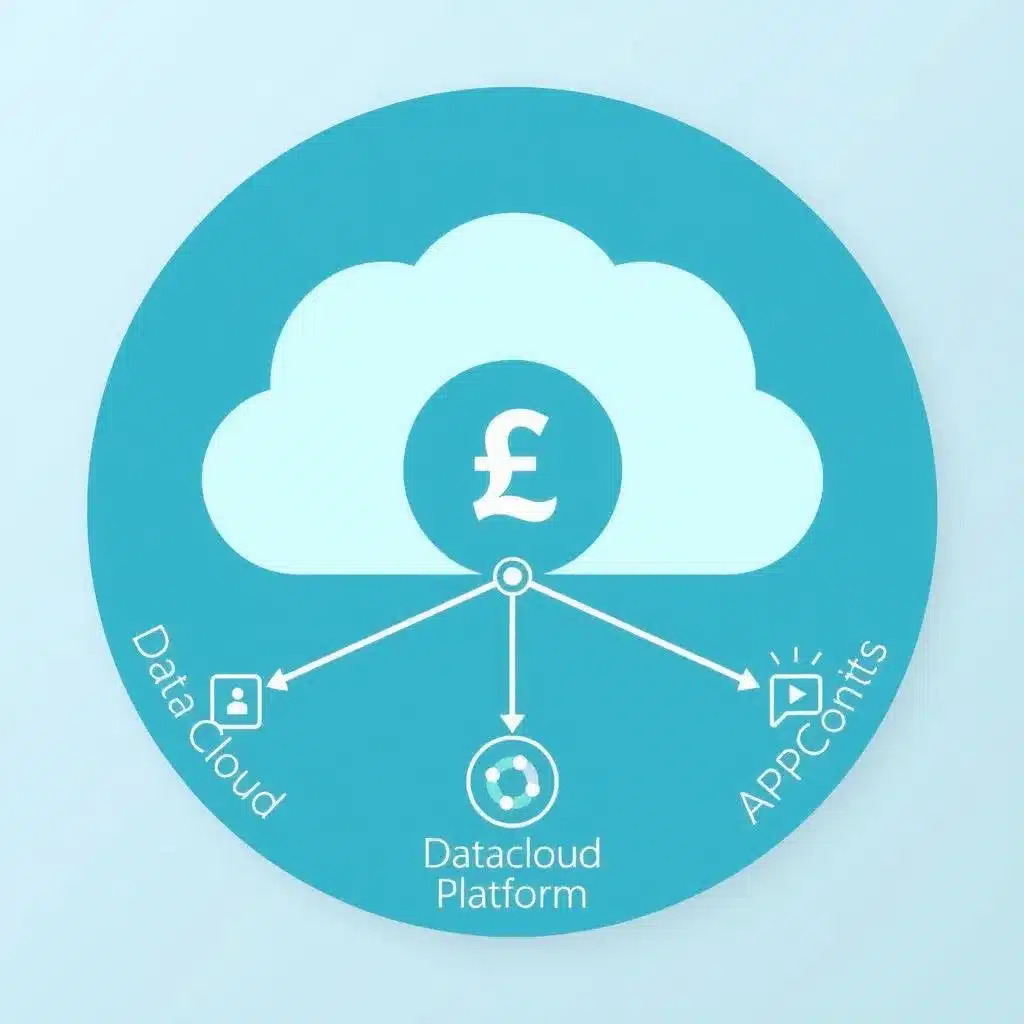Table of Contents
Selecting the right data cloud platform begins with a clear understanding of your company’s specific needs. Not all platforms offer the same capabilities, so defining your core requirements is essential to avoid overspending or underutilizing resources. Determine the volume of data you handle, how often you need to access it, and the speed required for processing. Whether your priority is storage, computing power, or advanced analytics, a well-defined strategy ensures you choose the most efficient and cost-effective solution.
Consider Scalability
Scalability is a key consideration for long-term growth. Ensure that the platform you choose after doing some research, including Snowflake alternatives, can handle sudden surges in demand, whether that’s due to more users, data streams, or transactions. A scalable solution adjusts without hindering performance. Additionally, consider how easy it is to scale both vertically (increasing resource capacity) and horizontally (adding more resources) as your needs grow.
Prioritize Security
- Data protection must be a priority.
- A good platform provides robust security features, including encryption, authentication, and compliance with regulations like GDPR.
- Look for certifications, as they indicate a provider’s commitment to safeguarding sensitive information.
- Consider how the solution handles backups and disaster recovery as part of its security framework.
- Also, evaluate how the platform handles security audits and updates to ensure continued protection against emerging threats.
Ensure Easy Integration
A platform should seamlessly integrate with your current systems. The transition to a new data platform shouldn’t disrupt operations. Check whether it supports common tools or applications already in use by your company. Whether you’re using CRM, ERP, or other business solutions, the integration process should be smooth and not require extensive changes to your infrastructure. Make sure that it offers connectors or APIs that facilitate easy transfer between systems.
Match Budget with Costs
- Cost-effectiveness is critical.
- Compare pricing models across platforms, and make sure they align with your financial plans.
- Some platforms charge based on usage, while others have fixed pricing tiers.
- If you’re uncertain about the best pricing model, consider starting with a trial period to assess how it fits within your budget.
- Additionally, look for any hidden costs, such as fees for data retrieval, additional features, or scaling requirements, which can add up over time.
Focus on Performance
Platform performance is a non-negotiable factor. Slow data retrieval or processing can hinder productivity and customer satisfaction. Look into how quickly it processes large datasets, whether in real-time or batch mode. Speed is critical for operational efficiency, especially if you handle time-sensitive information or transactions.
Align with Long-Term Goals
Choosing a platform should also take your future direction into account. Think about where your company is heading in terms of data utilization. If you plan to adopt AI or machine learning, ensure that it can accommodate these technologies. It’s important to choose a solution that grows with your needs and adapts to the evolving business environment.
Evaluate Support Options
A platform is only as good as the support it offers. In case of any issues, quick and reliable assistance is crucial. Look for platforms that provide 24/7 support, robust documentation, and active community forums. Knowing that help is readily available minimizes downtime and ensures continuous operations. Ensure that the support team has expertise in the platform’s technical aspects and can resolve issues quickly, reducing potential disruptions.
Selecting the correct solution after doing proper research, including Snowflake alternatives for your data operations, requires a strategic approach. Understand your requirements, assess scalability, prioritize security, and evaluate how well it integrates with existing tools. Always consider your budget, the platform’s performance, and its ability to grow with your company.


